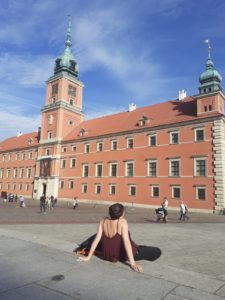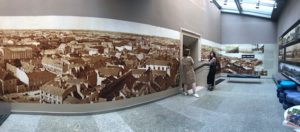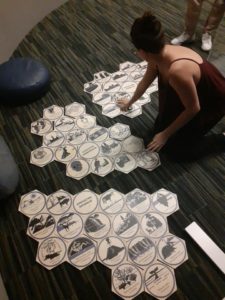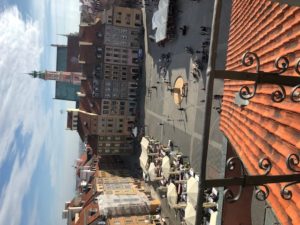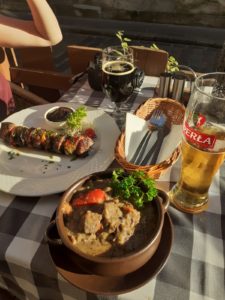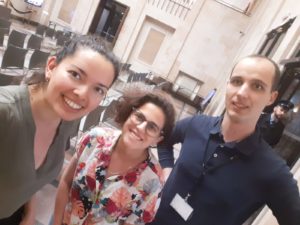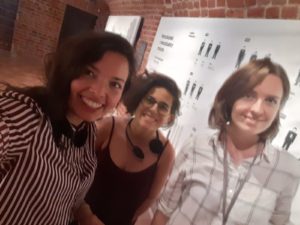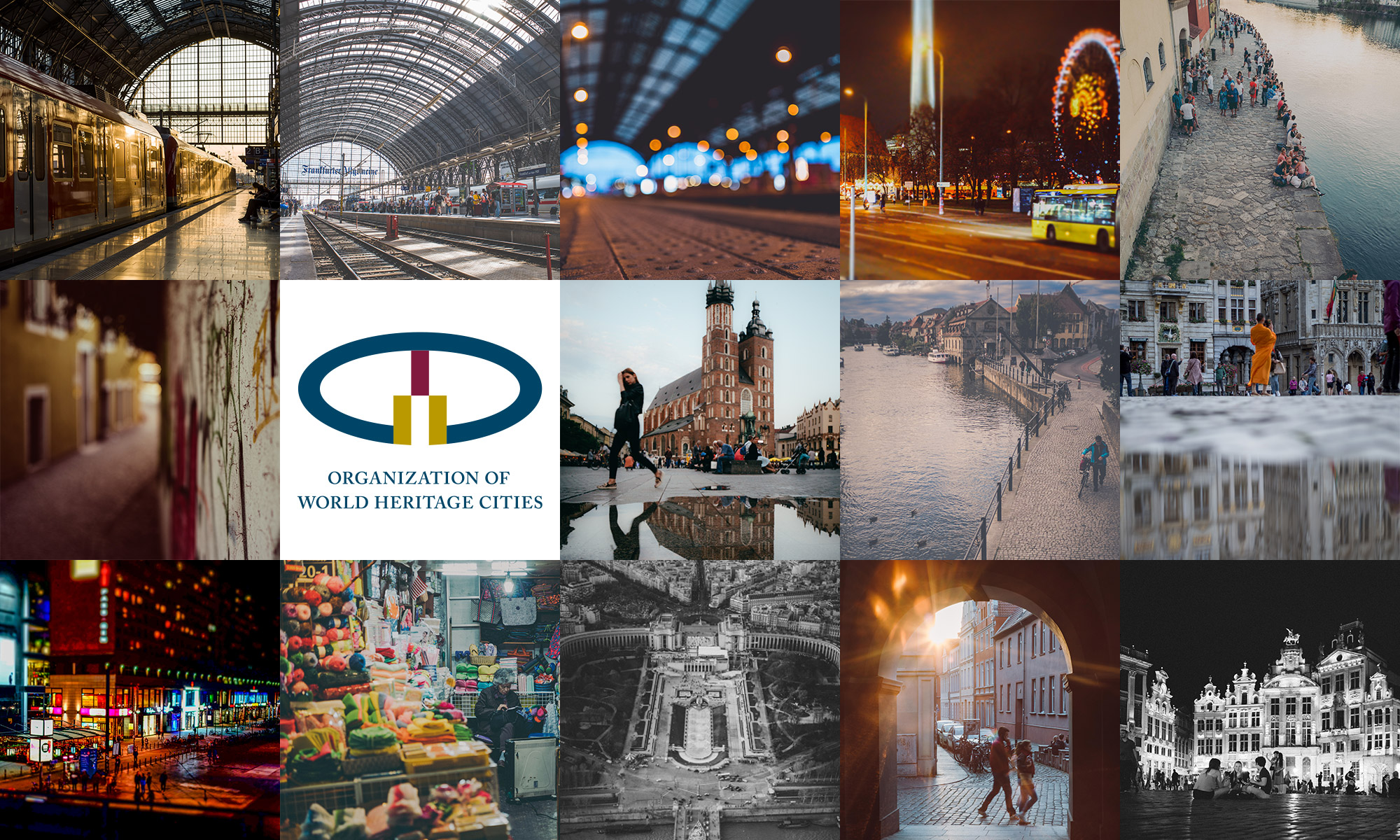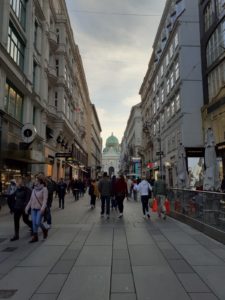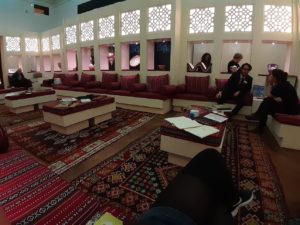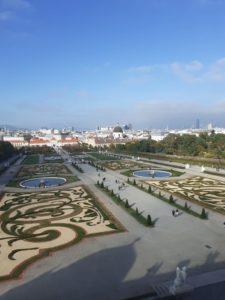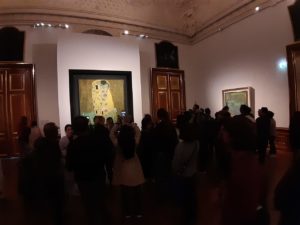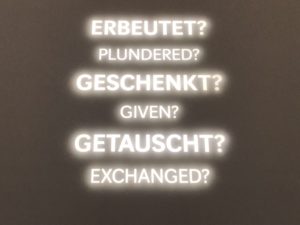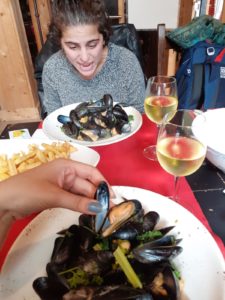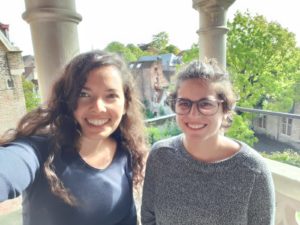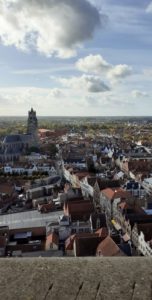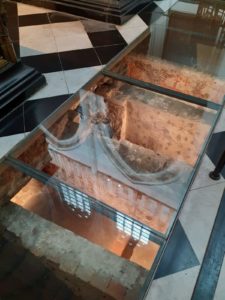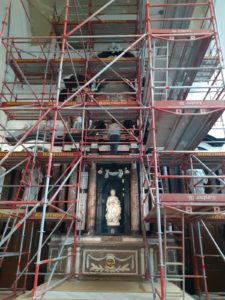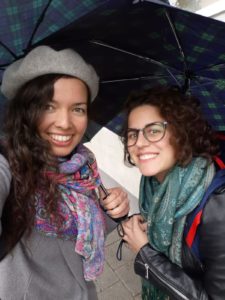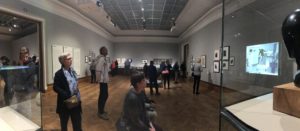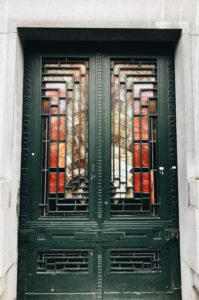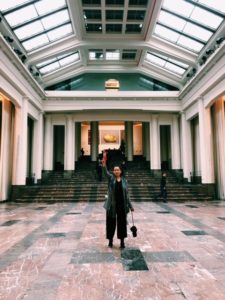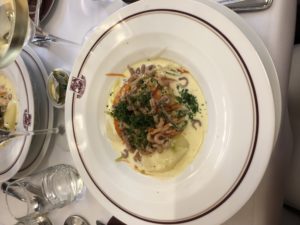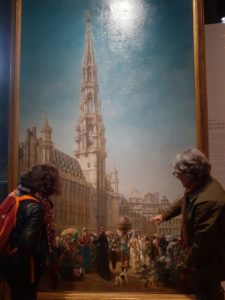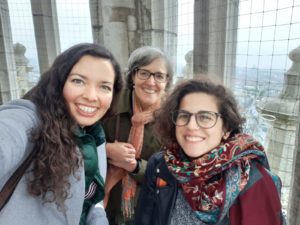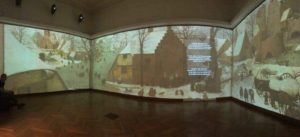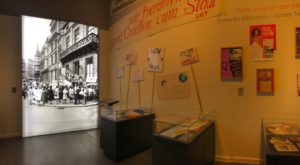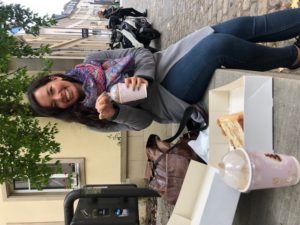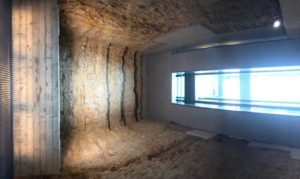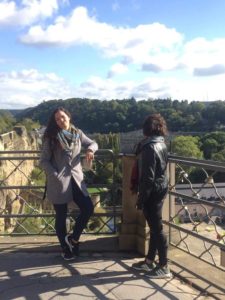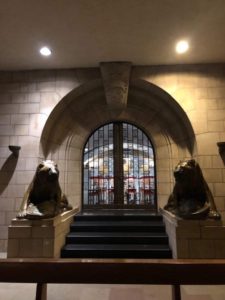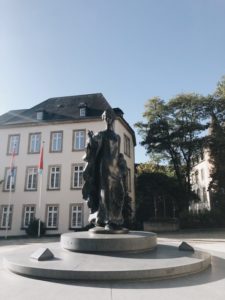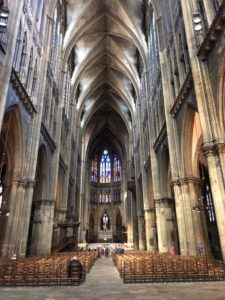On our three days in Warsaw, we visited the Museum of Warsaw and the Heritage Interpretation Centre. We learned that the city of Warsaw was destroyed in 1944, 85% of the city was bombed by the Germans in retaliation of the 1944 Warsaw uprising.
Efforts from several architects and the state after the war created a plan of reconstruction. From 1945-51 the old town place was reconstructed, however not exactly as it was before, creating a more spacious city centre. Our lovely guide Marta took us around and showed us the history of the reconstruction and the UNESCO recognition.
Later we went to the Warsaw Museum at the old town place where we learned more about Warsaw’s history and population. We walked around through the old town and enjoyed the nice weather.
The next day we went to see the National Museum of Warsaw were our lovely guide Mr. Glowacki, who works at the curatorial department told us about the history of the museum at the time of the war. We found that the museum was almost completely looted by the Nazis, with paintings such as a Young Man by Rafael never returning. We also saw efforts from the Ministry of Culture of Poland to track paintings lost during that time which we were able to see at the museum.
Lastly, a nice story about a important symbolic painting for the Polish people. A massive war painting by recognised artist Jan Matejko. The great scale art work was dismounted by the staff and hidden, first in Warsaw and later buried in Lublin. The staff wanted to avoid the Nazis burning the painting as the topic of the work was the defeat of the German army to the Polish army in the 1500.
We found Warsaw lovely, filled with life and great food! We will be back once more! This is the end of our journey so thank you readers and to the next adventure!
